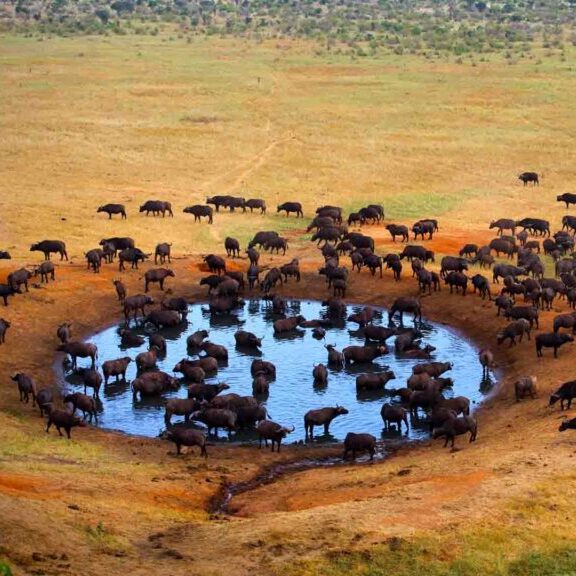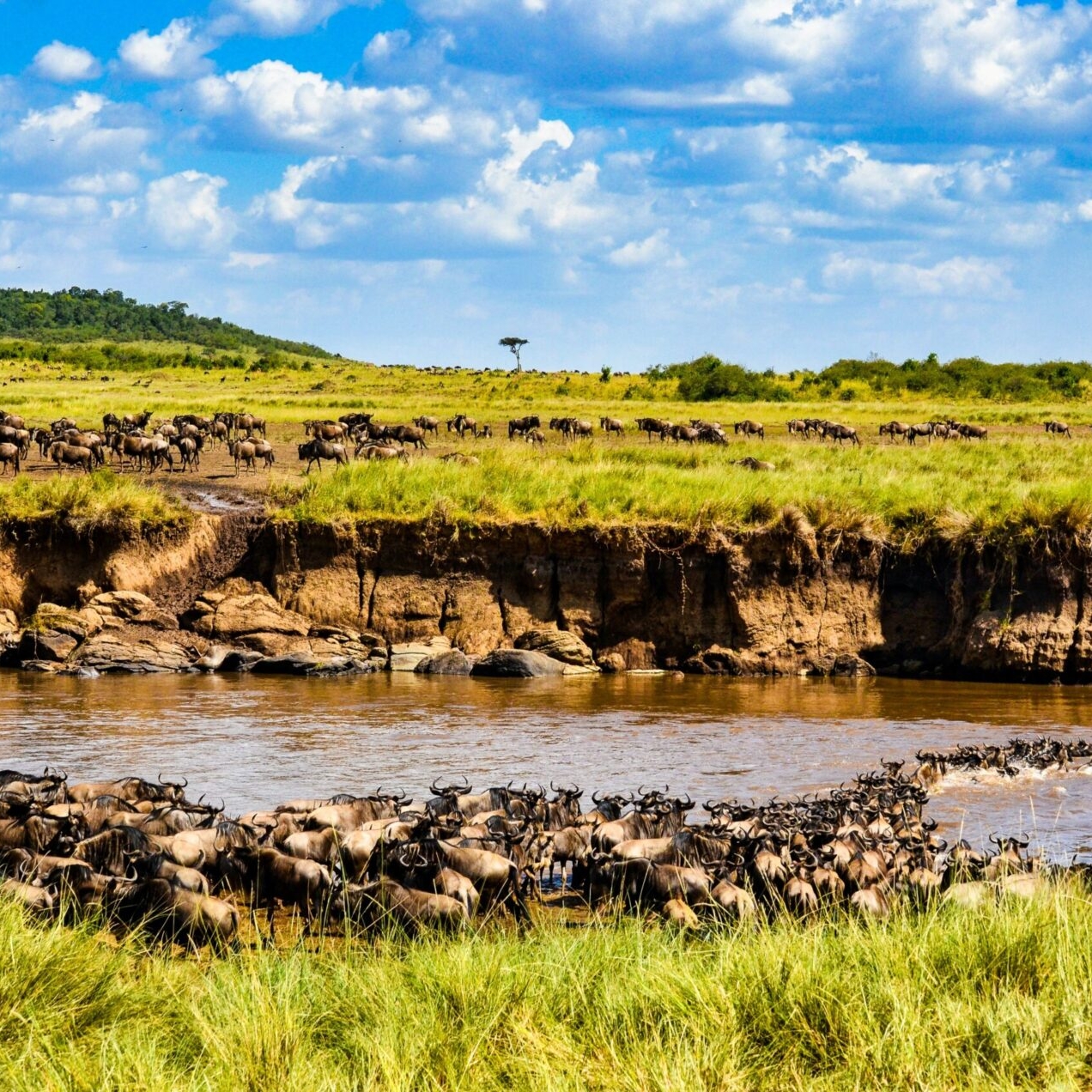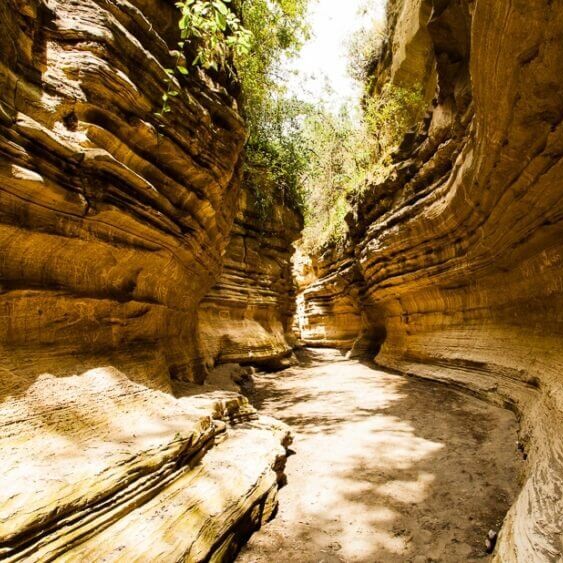What exactly defines a heritage site? Heritage sites are places of profound cultural, historical, scientific, or natural significance, recognised and protected for their outstanding value to humanity. They serve as tangible links to our past, showcasing the diversity and beauty that make each place unique.
Distinguishing between natural and cultural sites, natural heritage sites are those revered for their exceptional natural features, ecosystems, biodiversity, and geology. These sites often encompass landscapes of breathtaking beauty and ecological importance. On the other hand, cultural heritage sites bear the imprints of human creativity and achievement, ranging from monuments and buildings to entire cities.
While Kenya boasts only seven UNESCO World Heritage Sites, there are numerous others awaiting international recognition. These hidden gems, brimming with outstanding universal value, are currently listed on the Tentative Lists. Although they might not have the prestigious stamp of approval just yet, their significance cannot be understated.
Welcome to #KeHeritage: Natural Sites, a story collection that invites you to embark on a journey through the ecological wonders that define Kenya’s natural legacy. Join us in uncovering the untold stories of landscapes and ecosystems that stand on the brink of global acknowledgment.









